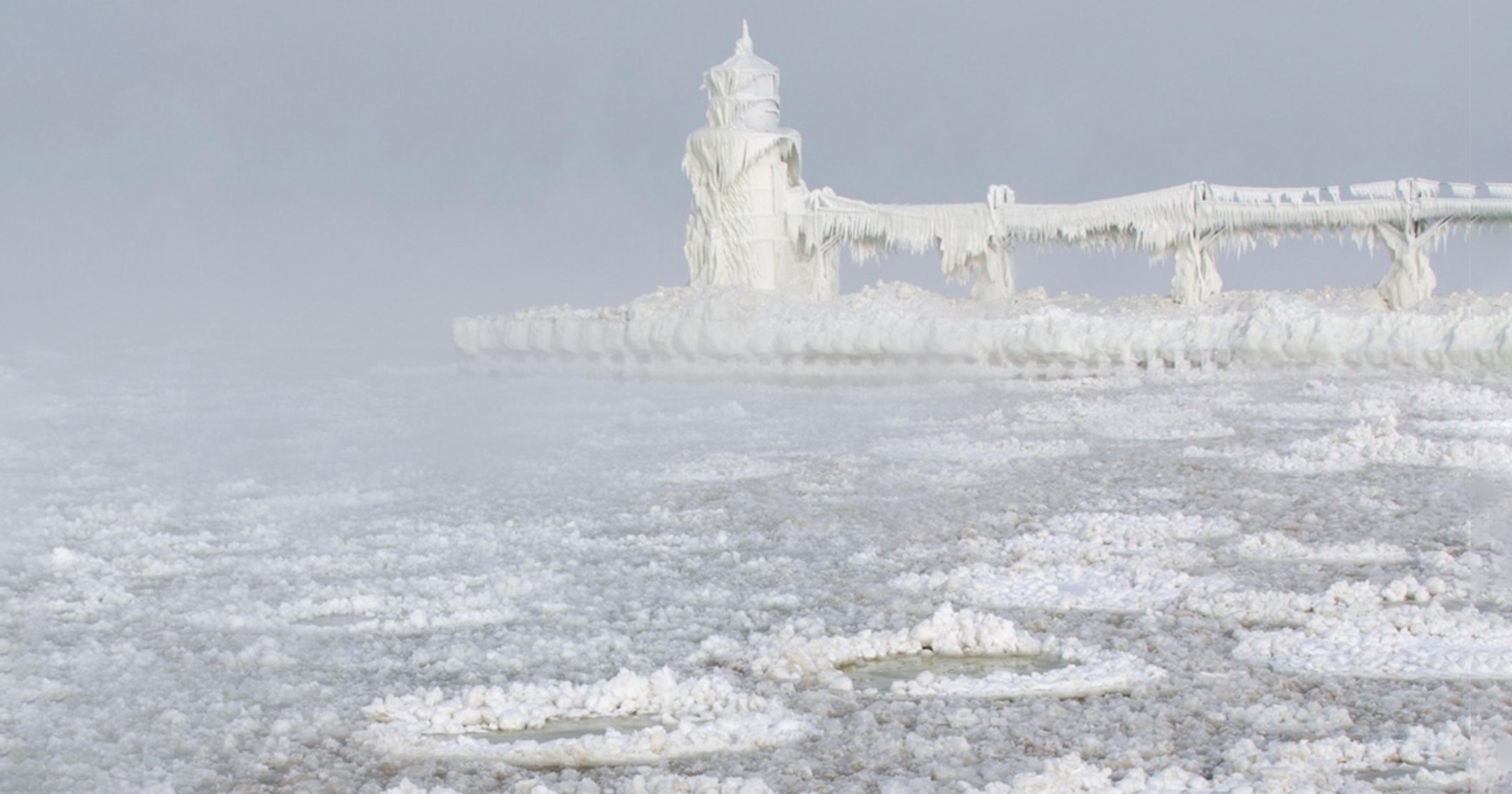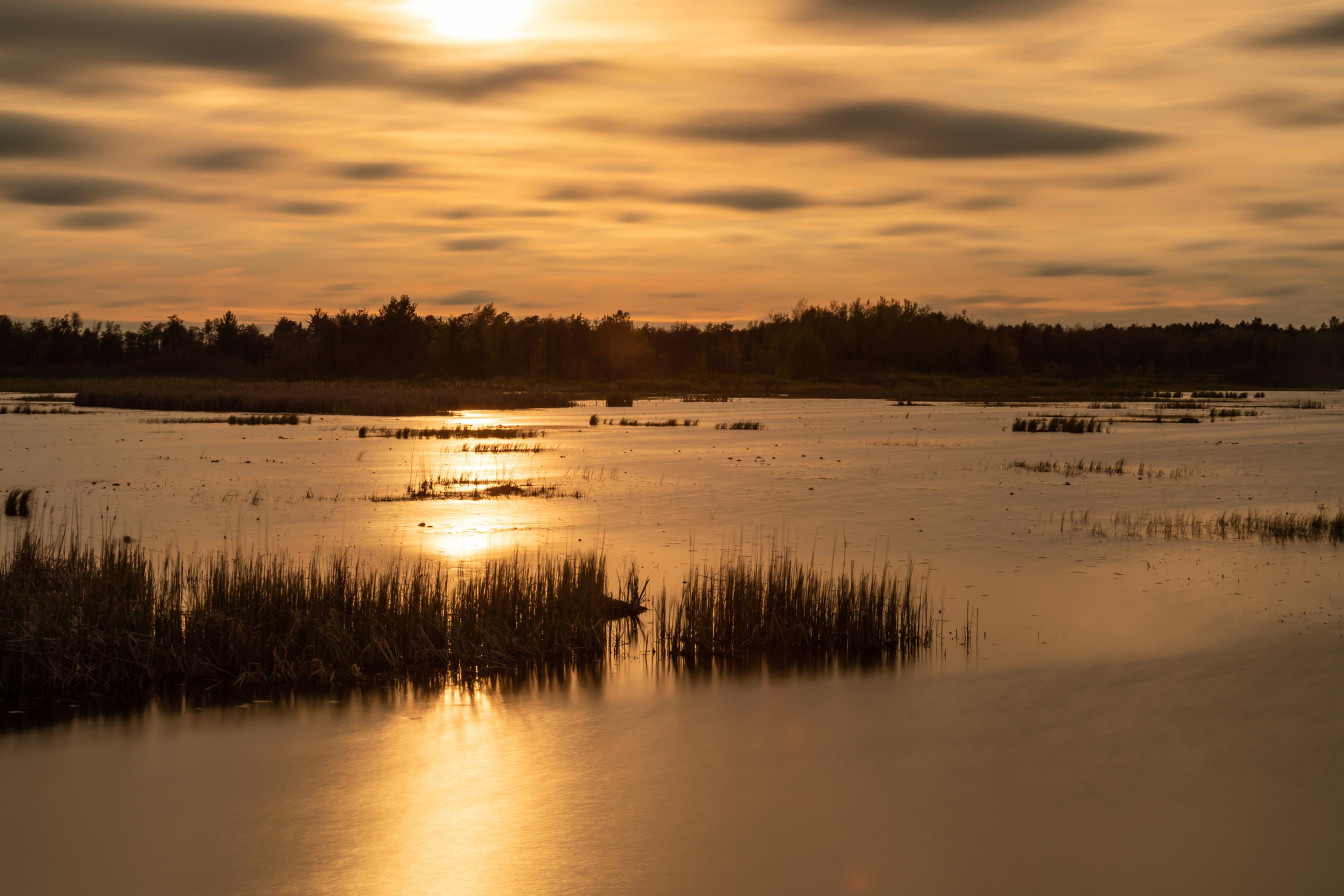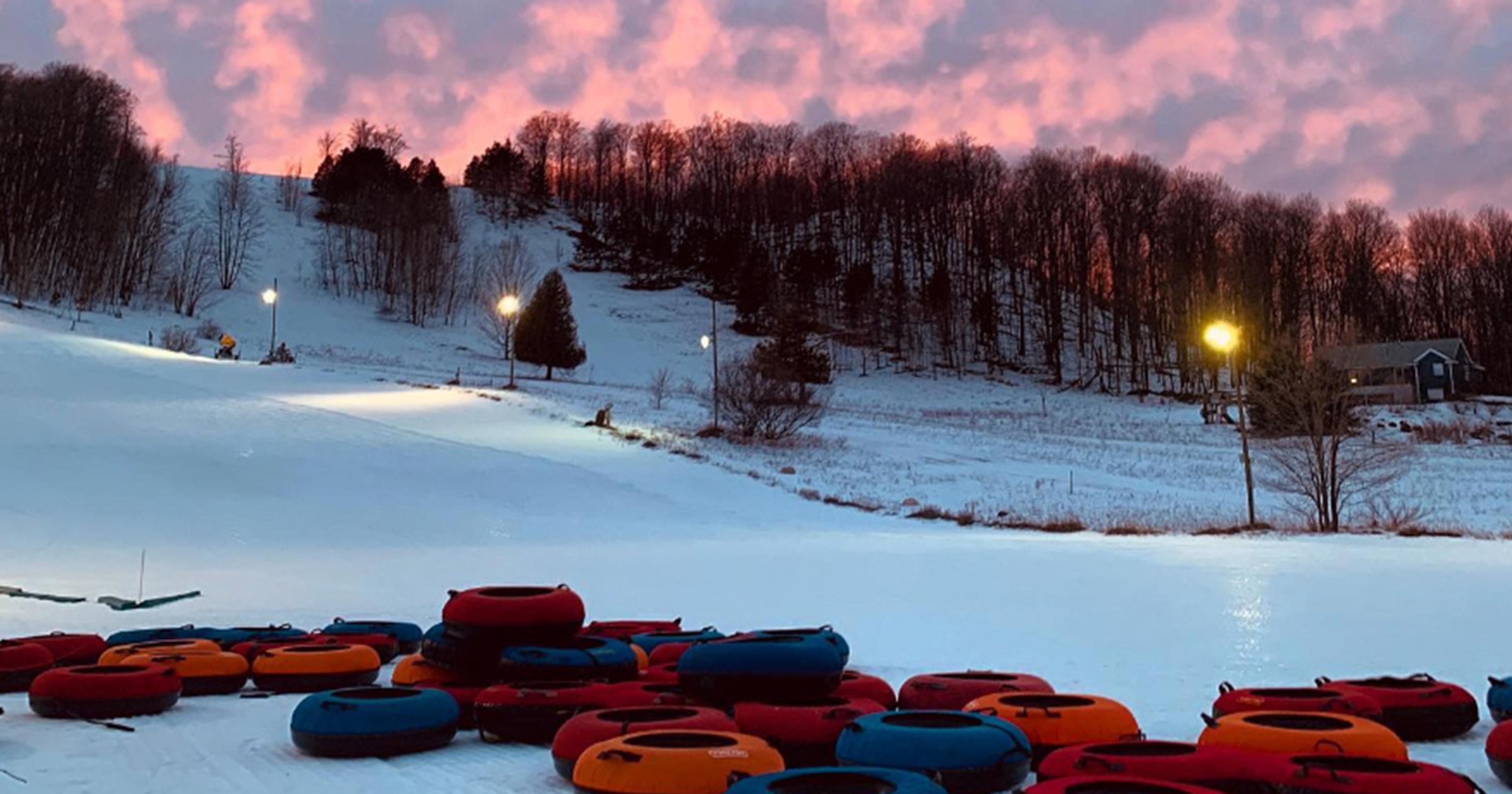Michigan Bucket List: Great Lakes Ice Formations
Shandra Martinez
| 2 min read

Michigan has some of the most beautiful shorelines in the world. While they draw more visitors for beach days during summer, in the winter Mother Nature whips up the water into majestic ice formations that shouldn’t be missed.
Water temperatures can fluctuate quickly as waves and wind change water patterns on the lakes. But when the cold of winter arrives, ice forms in a variety of shapes, according to meteorologist Larry Mowry, who wrote about ice formations.
Ice sheets. These occur when ice begins thin but grows thicker as the cold continues. Waves and wind then shape and mold the ice, creating unique formations.
Pancake ice. This is the next phase of ice sheets, when they are broken up by escalating winds and waves. The elements form the ice into circle formations in the lake similar in appearance to pancakes.
Ice balls. These are similar to pancake ice, but are found on the shoreline. They form when slush is shaped and rolled by crashing waves. Chunks of ice break off ice sheets and the waves roll them along the shore, smoothing them into balls that range in size from marbles to large boulders.
Ice volcanoes. As water is pushed under the ice sheet, pressure builds and water shoots out through holes in the ice. That water spray freezes, forming cones that can reach 25 feet tall.
Ice shards. These occur when ice starts to melt and wind and waves push the melting ice toward one side of the lake. The ice breaks into sharp pieces and piles up along the shore.
Ice shoves. Also known as ice heaves, this winter phenomenon also is common in early spring. Strong winds push free-floating ice onshore, forming massive piles.
Icy blue shards. This rare glacial ice occurs when snow on top of the ice is compressed and all of the air bubbles are squeezed out, increasing its density, according to the United States Geographical Survey. Blue Ice requires the right conditions to form, and it doesn’t appear every winter. When it does, it can be seen on the Mackinac Bridge, and as far north as on Lake Superior’s shores in Munising and at Michigan Tech University in Houghton.
Ice curtains. These are thick formations of yellow, blue, or white ice that can be seen in the Eben Ice Caves during the winter. The caves, also known as the Rock River Canyon Ice Caves, are hidden within the woods of Michigan’s Hiawatha National Forest. Here are some hiking tips if you want to visit these Upper Peninsula winter treasures.
Photo credit: IG Page: @swmichigan





